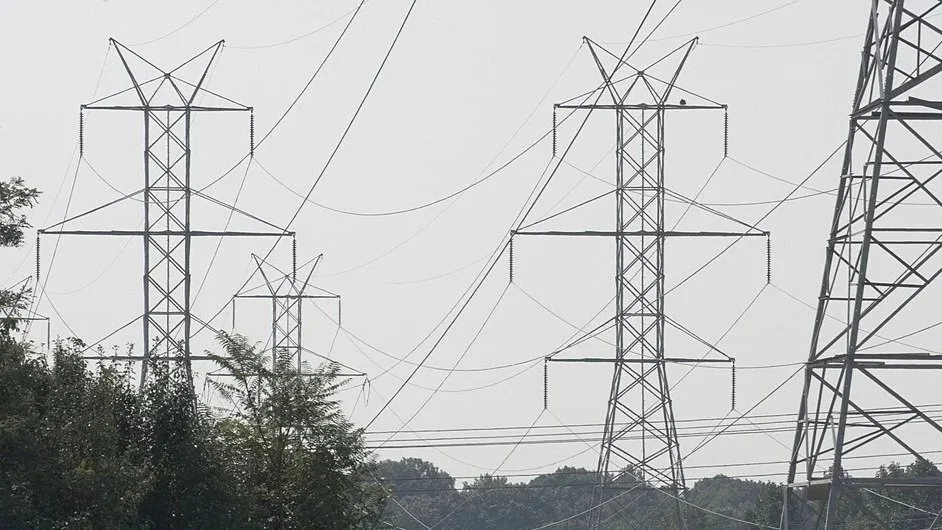As AI grows, data centers with high-voltage power lines are encroaching on SD. Here’s what they bring with them
South Dakotans who have fought against the intrusion of CO2 and tar sands oil pipelines are facing a new threat: data centers. The demand for data centers is driven by the spread of artificial intelligence (AI) as well as cryptocurrency.
We are experiencing a new industrial revolution, and opposition to data centers is mounting throughout the country. It would be easy to dismiss the concerns of opponents as yet another “not in my backyard” (NIMBY) reaction, but the threats that are posed by data centers are real.
Sam Altman, the CEO of Open AI (ChatGPT) has acknowledged that.
“I do guess that a lot of the world gets covered in data centers over time,” Altman said.
In addition to his mammoth corporation, other companies that are involved in the data center rush include Amazon, Meta, Microsoft, Apple and Google. Nearly all of us have learned to use artificial intelligence to store our data and to quickly obtain information that earlier generations might have fished for in a multi-volume encyclopedia. Beyond that, artificial intelligence is increasingly called upon to write academic term papers, design illustrative videos and perform other complicated tasks.
Why should we care if Microsoft (which is now valued at $4 trillion) or another mega-corporation plans to construct a data center in our community? In the first place, they use prodigious amounts of water. This is a serious concern in South Dakota, where climate change is contributing to water scarcity.
Typically, water enters a data center fairly cool, but becomes extremely hot as it is used to cool the elaborate machines inside. Hopefully, that water is then cooled off before it is returned to the environment.
Much of that cooling will be accomplished by consuming extreme amounts of electricity. Ratepayers in communities that already have data centers are being hit with sharp increases in their utility bills. High-voltage power lines, which have their own impacts on the environment and public health, will need to be constructed.
Pennsylvania's Three Mile Island, which was the scene of a nuclear meltdown in 1979, is scheduled to reopen in 2027, in part because of the demands of data centers. However, most of the increased electric demand will presumably be met by burning more fossil fuels, further aggravating climate change.
Eric Schmidt, the former CEO of Google, recently estimated that the United States will need another 92 gigawatts of power to keep up with the increased demand imposed by artificial intelligence. Yes, that is 92 million kilowatts.
Interestingly, while data centers represent billions of dollars in up-front investment, they do not employ very many people. Those who do work in data centers may suffer tinnitus or permanent hearing loss as the centers are terribly noisy. Among economic development schemes to revitalize rural areas, data centers are one of the least promising.
If an artificial intelligence data center is proposed for your neighborhood, you may want to fasten your seat belt.
Jay Davis of Rapid City is a retired lawyer and a regular contributor to The South Dakota Standard.
Photo: public domain, wikimedia commons
The South Dakota Standard is offered freely and is supported by our readers. We have no political or commercial sponsorship. If you'd like to help us continue our mission to advance independent political and social commentary, you can do so by clicking on the "Donate" button that's on the sidebar to your right.






